Follow Arcadia around the world
Explore more on Destinations
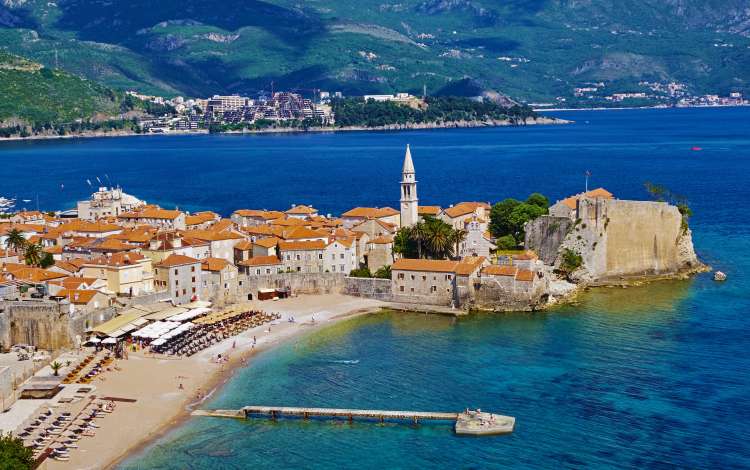
Travel writer Rudolf Abraham has an ongoing love affair with Croatia. With five ports to choose from, we ask him what he loves most about their different personalities
When it comes to dramatic history, vistas and architecture, this gem of a city has got the lot. One of the best ways to soak up the grandeur and beauty of Dubrovnik is to walk the city walls that encircle the UNESCO-listed old town. Within lies a treasure trove of wonders including the Franciscan monastery with its beautiful cloister, the imposing Clock Tower and the many grand public buildings around the main square, such as Sponza Palace, Rector’s Palace and Assumption Cathedral. To see the walls at their imposing best, take a kayak trip around them and look up in awe.
Dubrovnik’s a global diva for other reasons. As a location for the hit TV series, Game of Thrones, it goes by the unofficial name of King’s Landing. The Minčeta Tower and other parts of the city’s fortifications – St Dominika Street and steps, the Pile Gate and the tiny island of Lokrum (Qarth, to GoT fans), with its pretty gardens and beaches, are some of the sites you’ll see on screen.
In the 16th century, the independent republic Dubrovnik was one of the world’s wealthiest trading ports in the world, boasting 80 embassies around the globe.

Hvar has long held a reputation as Croatia’s most glamorous island destination, with its exclusive nightclubs, cool bars and stylish cafés around the harbour. Attracting bright young things and the monied yachtie crowd (check out the superyachts), Hvar oozes confidence. However, there’s substance beyond the style.
Some of Croatia’s best red wines are produced on Hvar’s steeply sloping south coast. Zlatan Plavac is a dependable one, but you can also find plenty of people selling homemade wine by the roadside, some of it excellent. Lavender is also grown widely on the island – lavender oil and dried lavender products make great souvenirs. Hvar’s also renowned for its intricate lace, which – along with lace-making traditions on the island of Pag and in the town of Lepoglava in northern Croatia – is included in the UNESCO list of Intangible Cultural Heritage.
Croatia’s fourth largest island Hvar boasts more days of sunshine than anywhere else on the Adriatic, clocking an annual average of almost 2,800 hours per year.
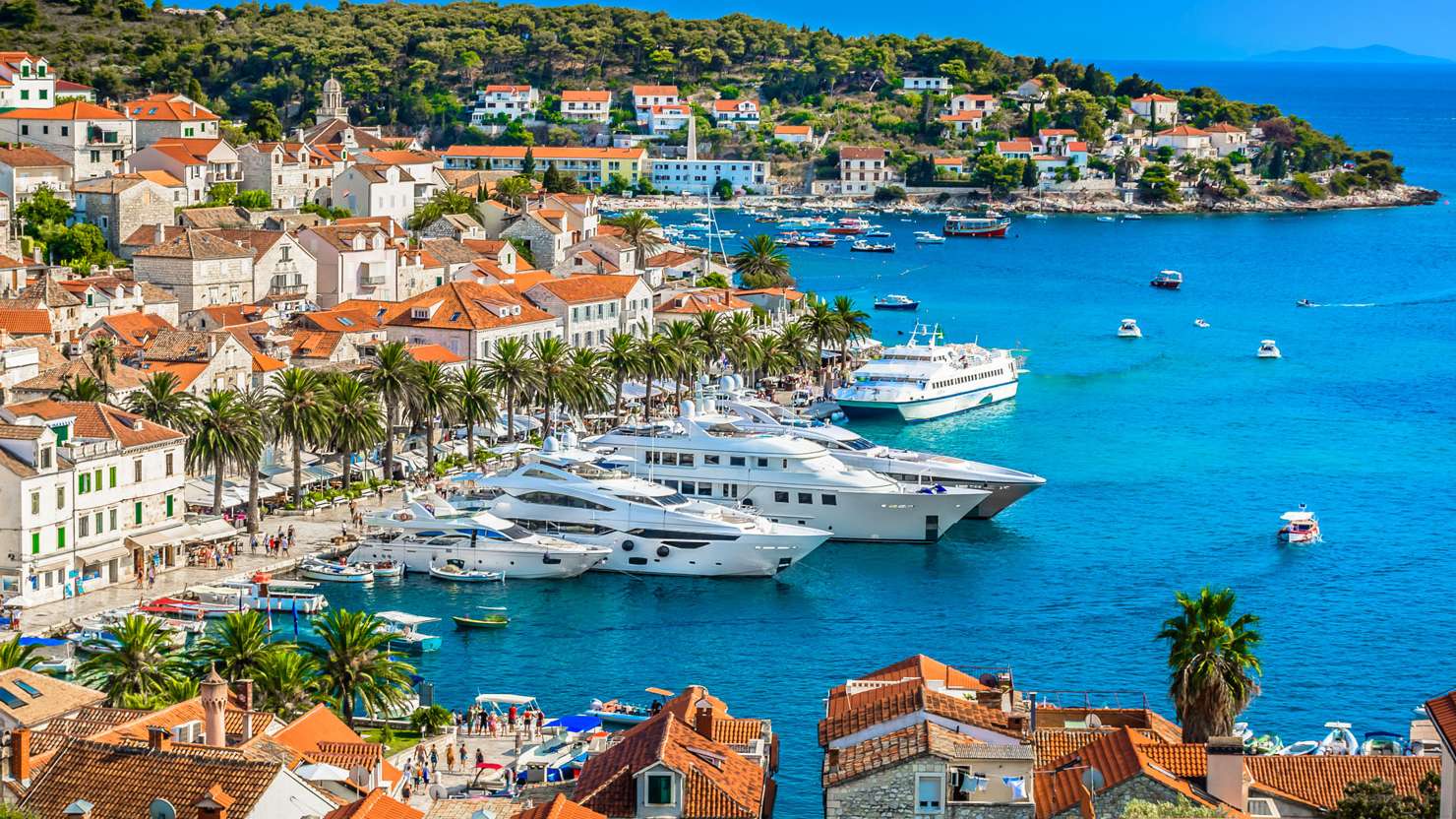
It’s worth visiting Croatia’s Istrian peninsula for the food alone – and nowhere does food quite as well as the Italianate gem, Rovinj. There’s all that delicious fresh seafood, but there’s also wonderful produce coming in from the rolling hills of the Istrian interior. The lively open market at the entrance to the old town is a wonder of local produce and regional specialities. Italians flock here for Istria’s famous white or black ‘gold’ truffles (dishes are generally cheaper here than in Italy).
In the restaurants, you’ll love the exquisite pasta, melt-in-your-mouth pršut (air-cured ham) and rich game dishes, as well as award-winning wines – Dešković, Kozlović and Cattunar are just three of the region’s many great wineries. Croatia’s finest olive oils come from here, too: among the best is that made by Klaudio Ipša.
Having been under the trading influence of Venice for centuries, Rovinj was officially part of Italy between 1918 and 1947. The Italian connection is seen in the city’s architecture (the bell tower of the Church of St Euphemia is modelled on that of St Mark’s Basilica in Venice), excellent food and wine, and two official languages (Croatian and Italian).
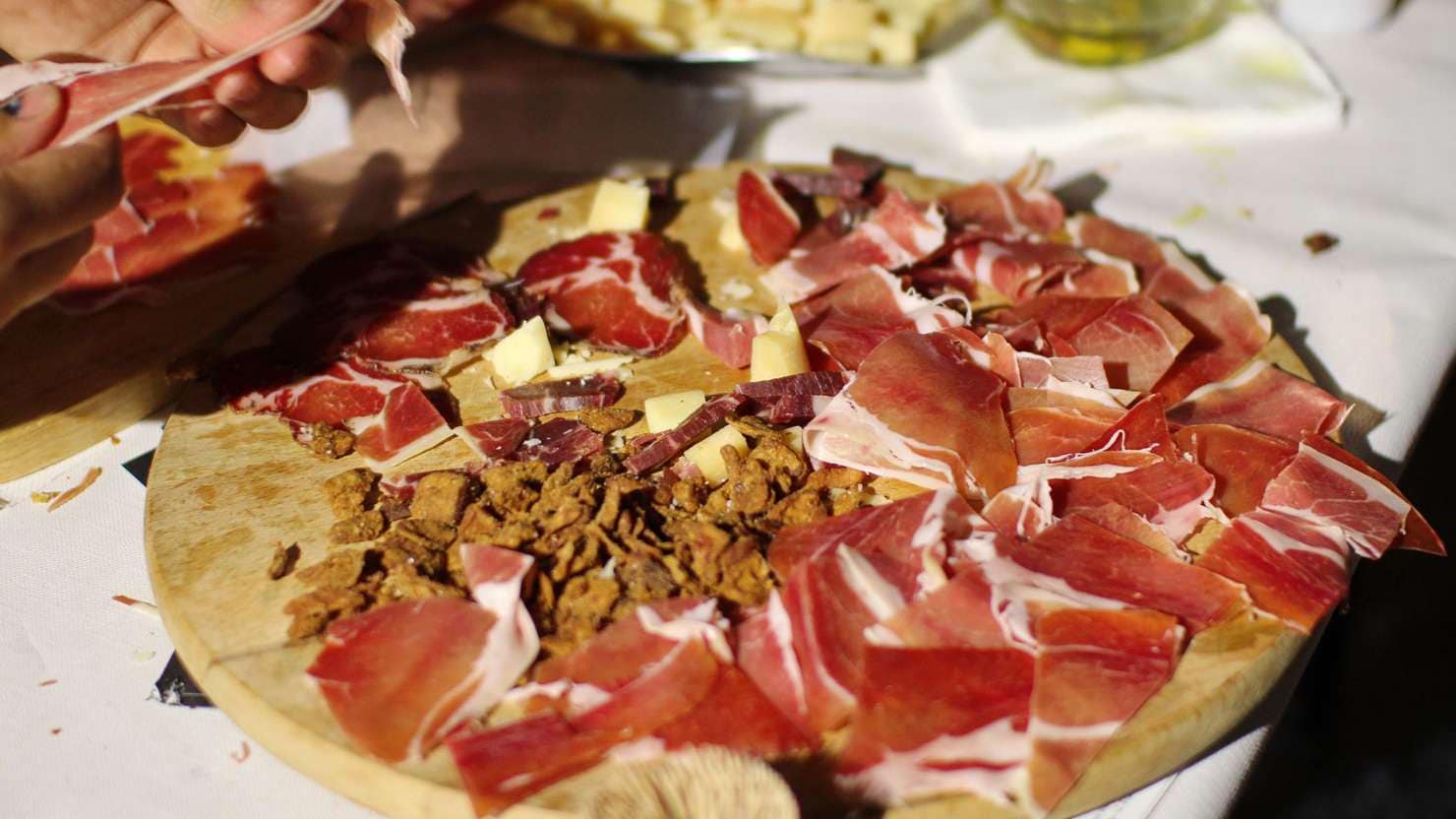
Dalmatia’s capital Split oozes history and nowhere more so than its vibrant city centre, almost half of which is housed in the ruins of Roman Emperor Diocletian’s Palace. Most visitors enter the UNESCO-listed site (largest and best-preserved example of Roman palatial architecture) through the Podrum – a series of well-preserved underground chambers, these days packed with local art and souvenir stalls. Beyond these, steps lead up to the Peristyle, an open courtyard surrounded by columns that was originally the heart of the palace – and your gateway to other architectural treasures, such as the small octagonal St Domnius Cathedral. Built in AD 311 as Diocletian’s mausoleum, it is one of the world’s best-preserved Roman buildings.
For a different view of the palace, try sea kayaking or swimming at one of the many beaches around Split. Some are sandy, some pebbly, and all of them lovely and safe with crystal-clear water.
At the Porta Aurea stands the colossal figure of 10th-century bishop Grgur Ninski. An icon of the city, it’s one of the best-known works by 20th-century Croatian sculptor Ivan Meštrović. Rubbing its toe is said to bring good luck and your guaranteed return to Split.
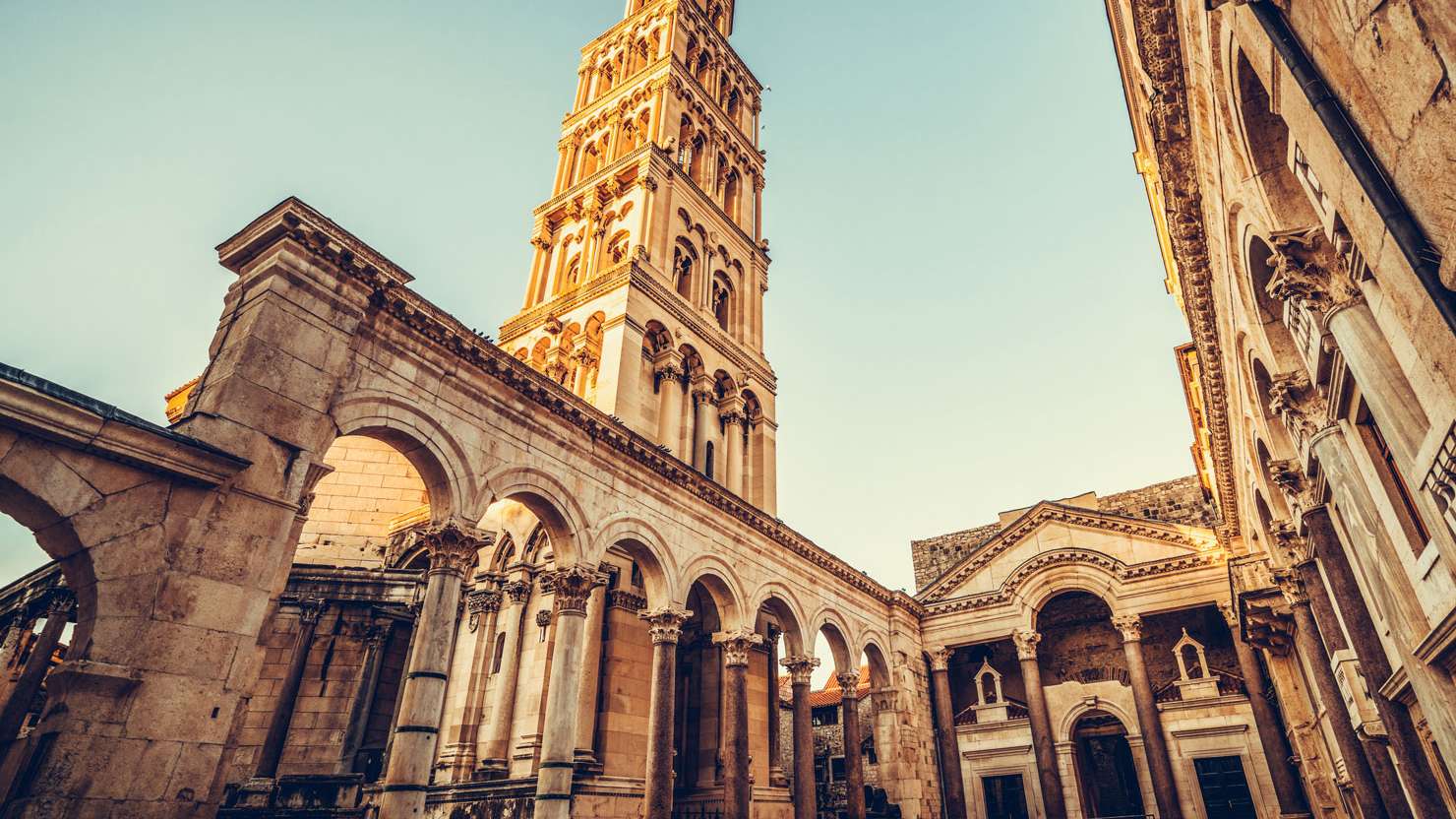
It’s hard not to fall in love with Zadar. One of the most culturally rich cities on the Dalmatian coast, it has fewer visitors than Dubrovnik or Split, but there’s loads to see and do in and around town. Follow Kalelarga, the main street that runs through the heart of the pedestrianised old town, to the Roman Forum. For views over the old town, climb the Romanesque bell tower– it belongs to the elegant Cathedral of St Anastasia, which boasts a lovely three-tiered facade. Kalelarga is also the place to taste some phenomenally good ice cream and stock up on Maraska Maraschino, Zadar’s famous liqueur made from the local marasca sour cherries.
Don’t miss Zadar’s Museum of Ancient Glass, housed in a beautifully renovated 19th-century palace, and stroll along the waterfront to sit by the Sea Organ. Its notes are created by the endless lapping of the waves.
Zadar’s barkajoli (boatmen) offer locals and visitors a Venice-style taxi service that dates back to the 14th century. The barkajoli are respected city mascots, and the tradition is handed down from father to son, through the generations.
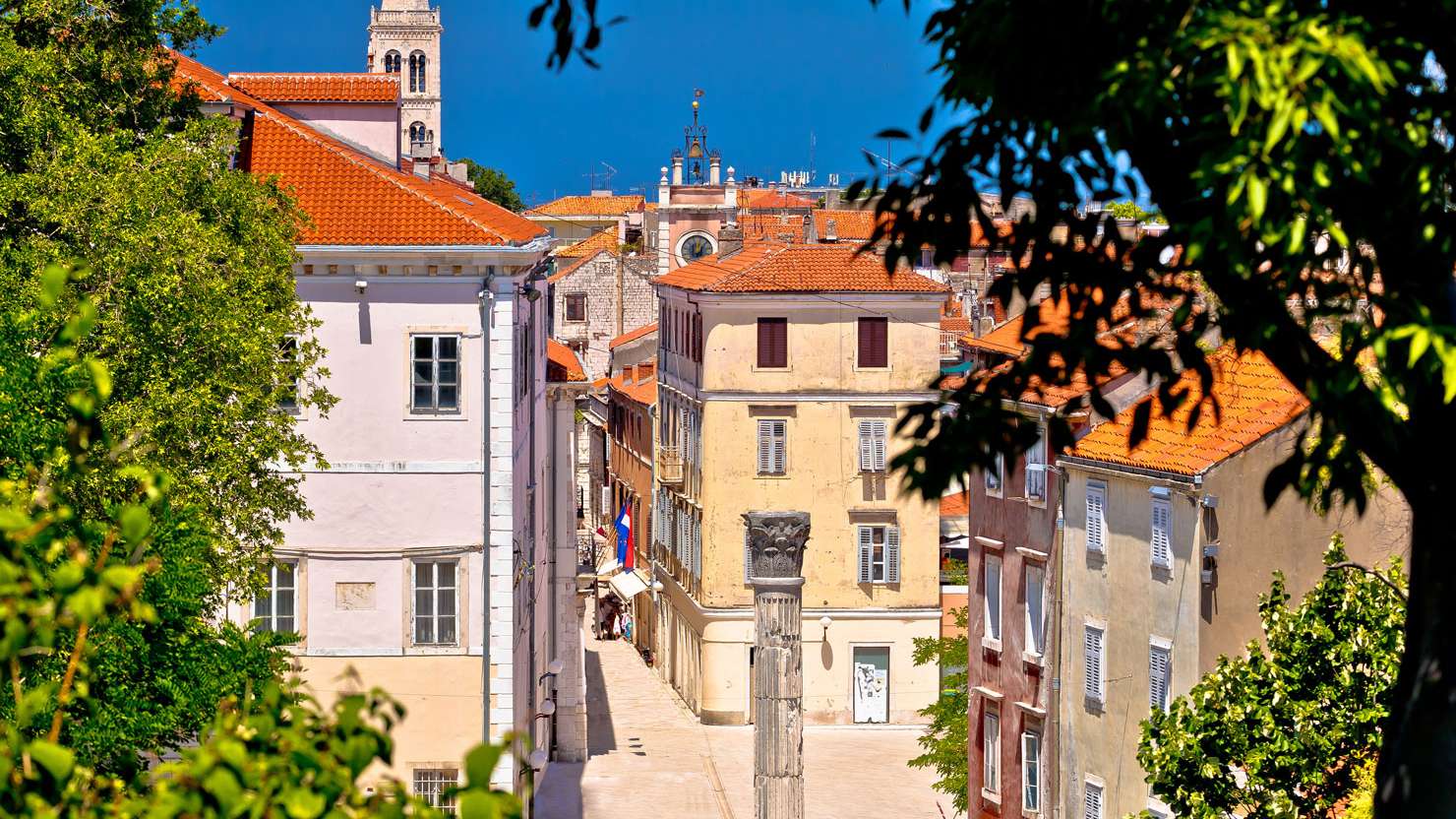
of
Don’t miss out! Sign up for latest news, offers and competitions from P&O Cruises.